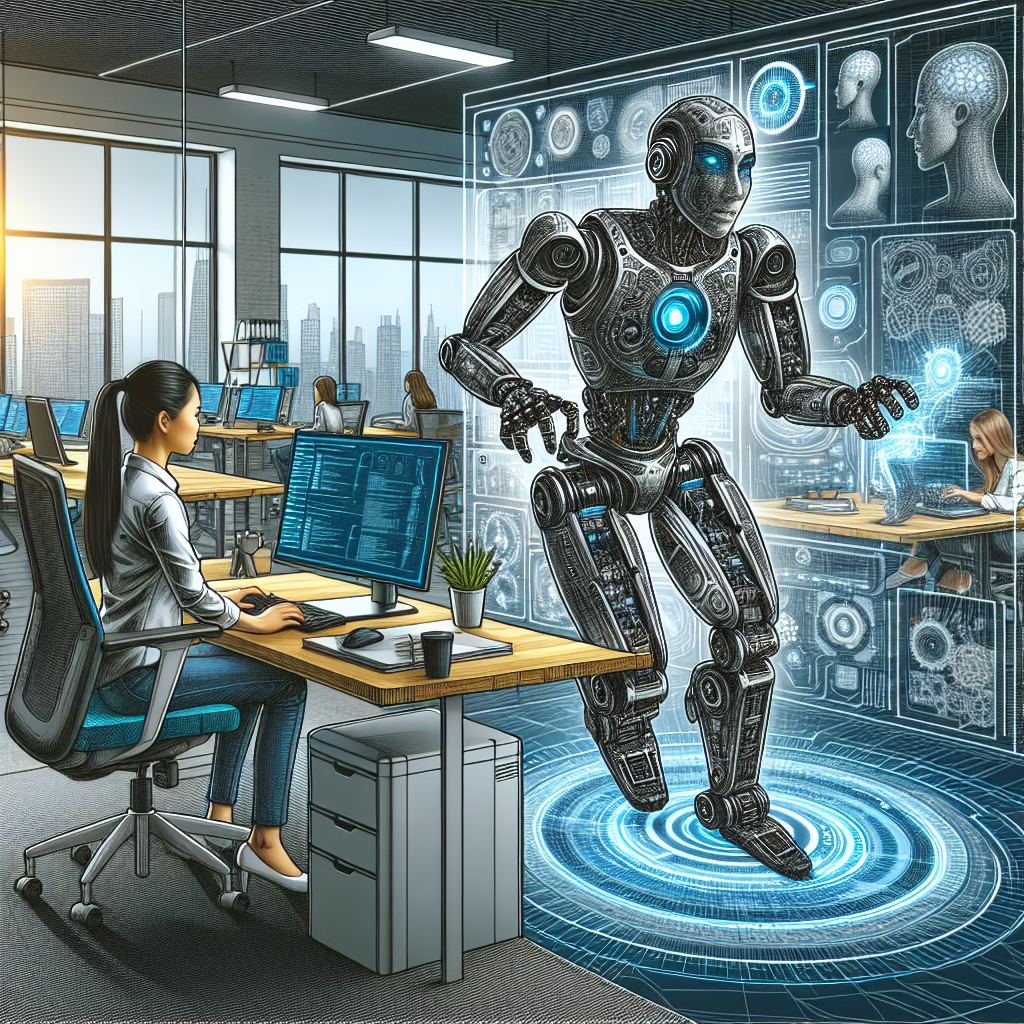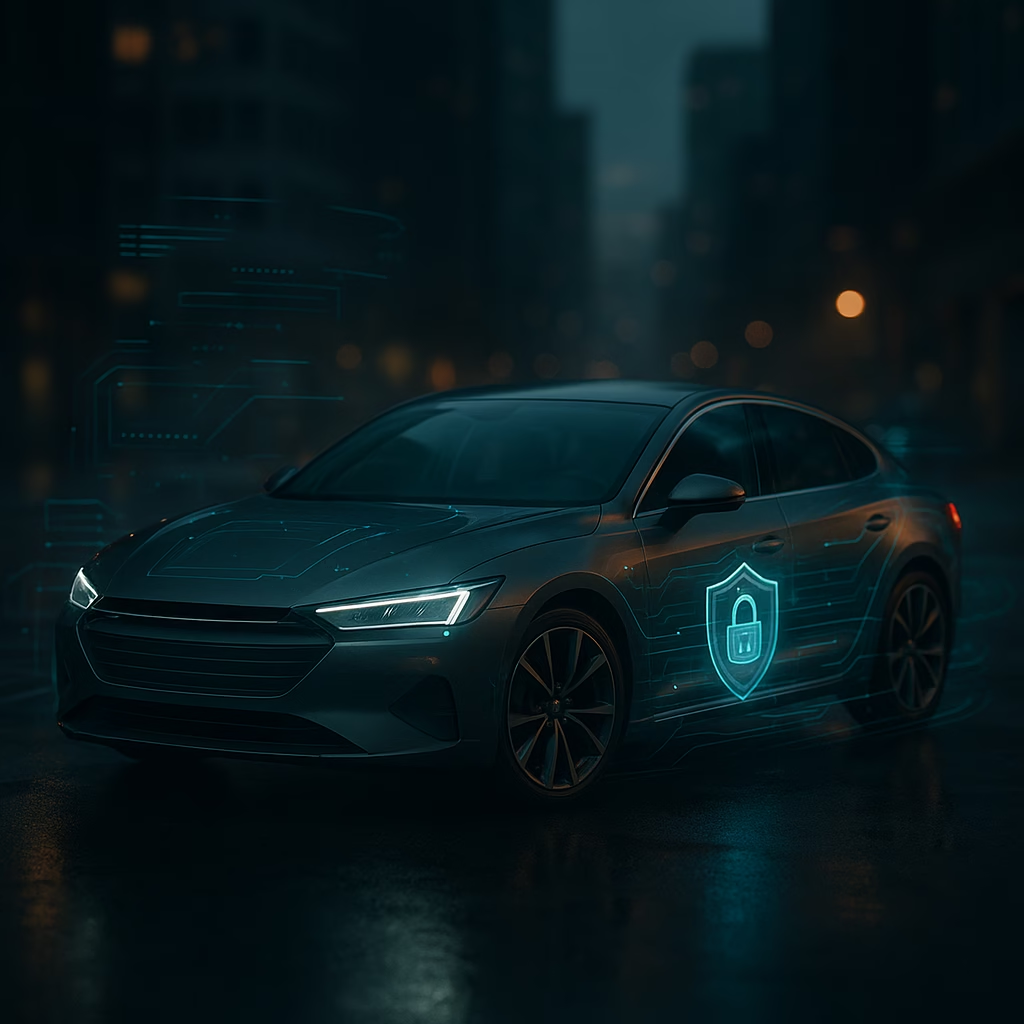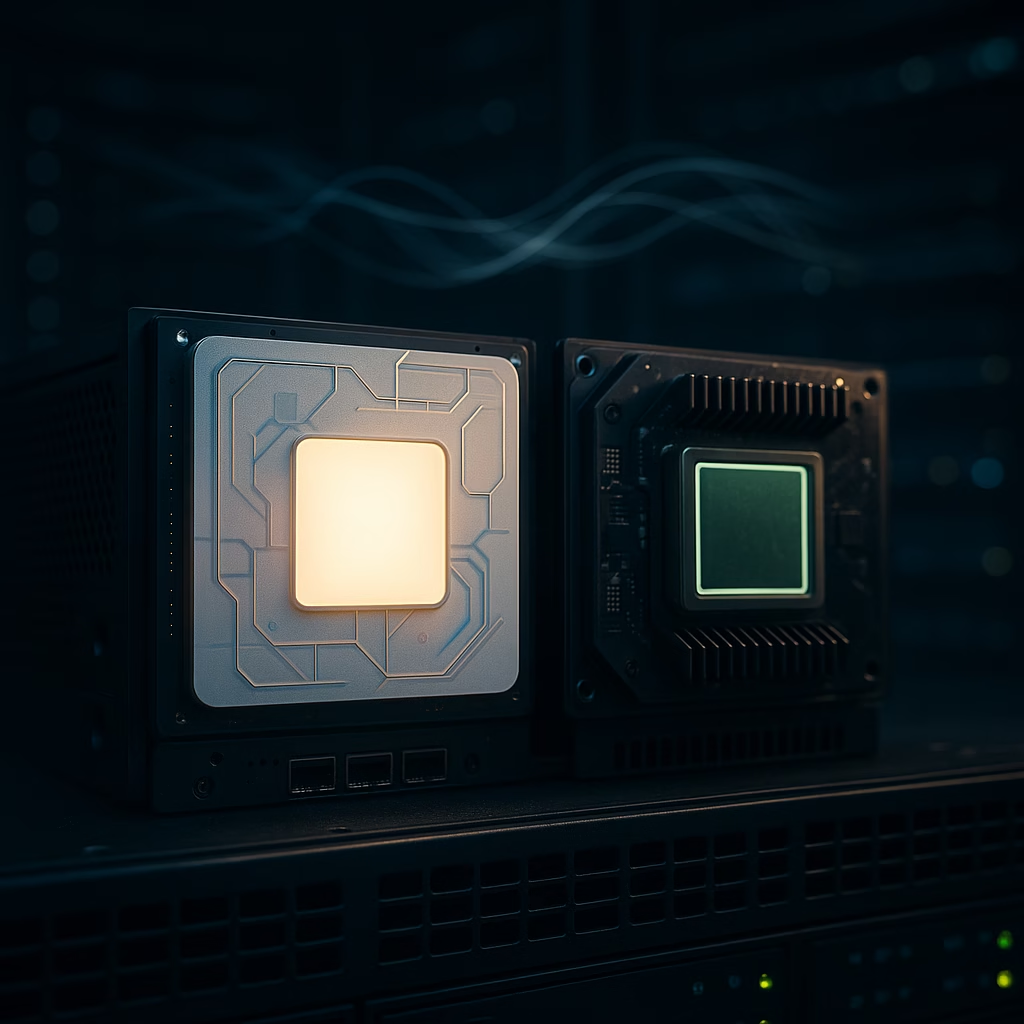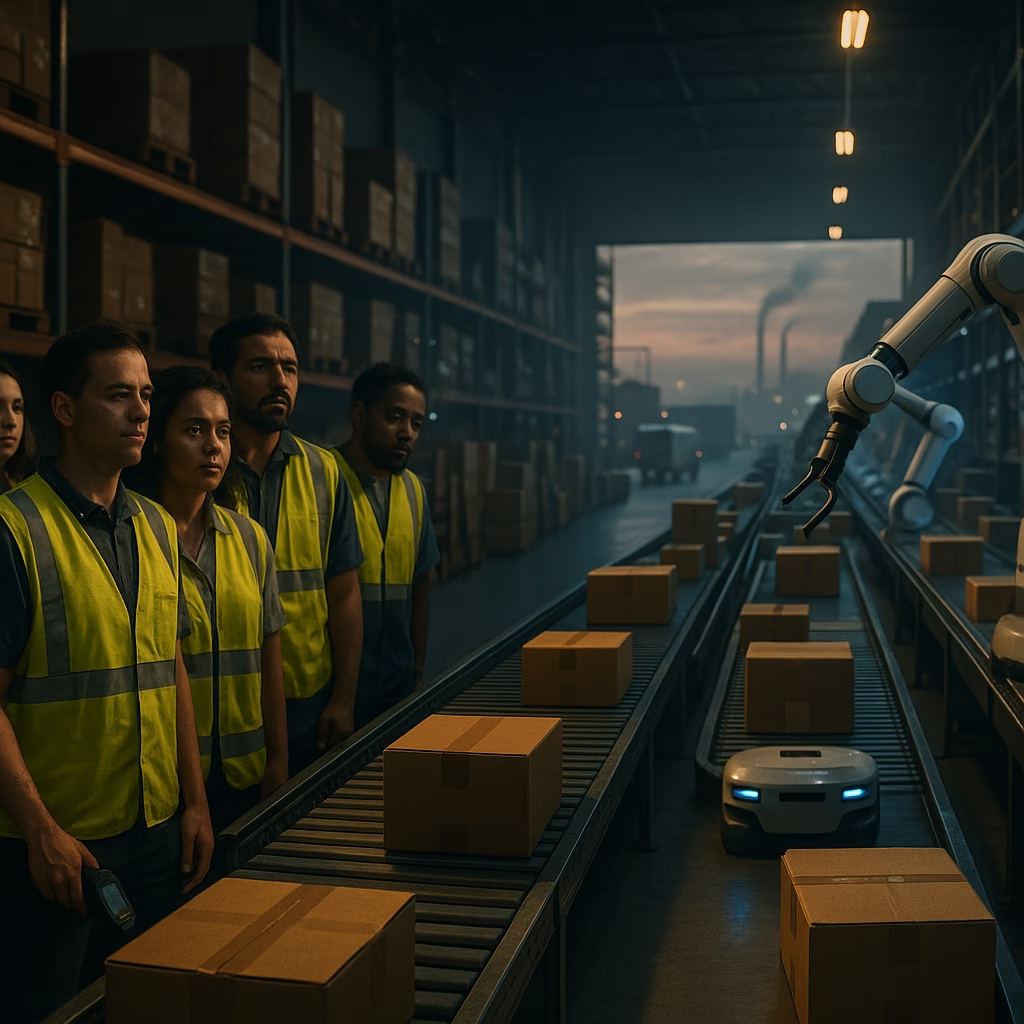Microsoft Releases New AI Model That Can Control Robots
Microsoft has taken another significant step in artificial intelligence by unveiling a groundbreaking AI model designed to control robots. This latest innovation further cements the tech giant’s commitment to AI-driven automation, potentially revolutionizing the way robots interact with humans and the environment.
Microsoft’s New AI Model: What Is It?
Microsoft’s newly introduced AI model is aimed at giving robots a deeper level of autonomy, reasoning, and flexibility. Unlike traditional robotic models that rely on pre-defined commands, this AI allows robots to make decisions in real-time based on their environment.
At the core of this system is a blend of cutting-edge machine learning, computer vision, and natural language processing. Rather than relying on rigid programming, these AI-powered robots can:
- Adapt to dynamic environments—detect and respond to changing surroundings
- Interpret and process human instructions—through verbal commands and contextual understanding
- Interact with physical objects—move, manipulate, and work alongside human workers
How Microsoft’s AI Model Works
Microsoft’s new AI model leverages a combination of vision-based learning, neural networks, and real-world data to enhance a robot’s ability to function intelligently. This AI enables robots to understand objects, spaces, and human instructions more effectively.
Using Vision and Language to Train Robots
The AI model integrates computer vision to help robots ‘see’ and understand their surroundings. With the addition of natural language processing (NLP), robots can also process verbal or written commands. This means that users can communicate with an AI-driven robot similarly to how they interact with a human assistant.
For instance:
- A warehouse robot can be instructed to “pick up the red box near the conveyor belt” without needing pre-programmed instructions.
- A robotic arm in a factory can recognize assembly parts and assemble them based on AI-driven guidance.
Reinforcement Learning for Smarter Automation
Microsoft’s AI model also uses reinforcement learning—a technology where AI improves its efficiency through trial and error. The model continuously refines its decision-making process by evaluating past actions and optimizing future responses.
Potential Impact Across Industries
This advanced AI model could revolutionize multiple industries by making robots smarter, safer, and more adaptable. Here are some examples of how this technology could transform different sectors:
- Manufacturing: Robots equipped with Microsoft’s AI could handle intricate assembly processes, improving efficiency and reducing human error.
- Warehousing and Logistics: AI-controlled robots could streamline inventory management by automatically sorting, packing, and transporting goods.
- Healthcare: Robots in hospitals could assist with medicine delivery, patient monitoring, or even minor surgical procedures.
- Retail: AI-powered robots could be used for customer service, stocking shelves, or handling transactions.
- Smart Homes: Household robots could learn to perform daily tasks like cleaning, organizing, or even assisting elderly individuals.
Microsoft’s Vision for AI-Powered Robotics
Microsoft’s latest AI initiative is part of a broader trend toward AI-powered automation. The company has long been investing in AI and robotics, with its Azure AI and Machine Teaching technology paving the way for smarter automation solutions.
Integration with Cloud and IoT
One of the standout features of Microsoft’s AI-powered robots is their ability to connect with cloud-based services. This allows them to process vast amounts of data and receive updates from Microsoft’s machine learning algorithms in real time.
With the integration of the Internet of Things (IoT), these robots can communicate with other smart devices, making them highly efficient in connected environments.
Ethical Considerations and Challenges
While AI-powered robots could revolutionize multiple industries, there are concerns about job displacement, data security, and ethical implications. Microsoft emphasizes the responsible use of AI and is actively working on policies to ensure AI-driven automation aligns with ethical guidelines.
What’s Next?
Microsoft’s new AI-powered robotics model is still in its early stages, but its potential is undeniable. As the technology evolves, we can expect further enhancements, including:
- More refined AI models with improved real-world adaptability
- Wider adoption of AI-powered robots across industries
- Advanced cloud integration for greater efficiency
Final Thoughts
Microsoft’s release of an AI model that can control robots marks a significant milestone in machine intelligence and automation. This innovation has the potential to transform technology-driven industries, making robots more intelligent, adaptive, and capable of working alongside humans.
As artificial intelligence continues to evolve, Microsoft is positioning itself as a leader in the AI-powered robotics space. With continued advancements, we may soon see a world where intelligent robots are an integral part of our daily lives.
What do you think about Microsoft’s new AI model? Share your thoughts in the comments below!
< lang="en">







Leave a Reply